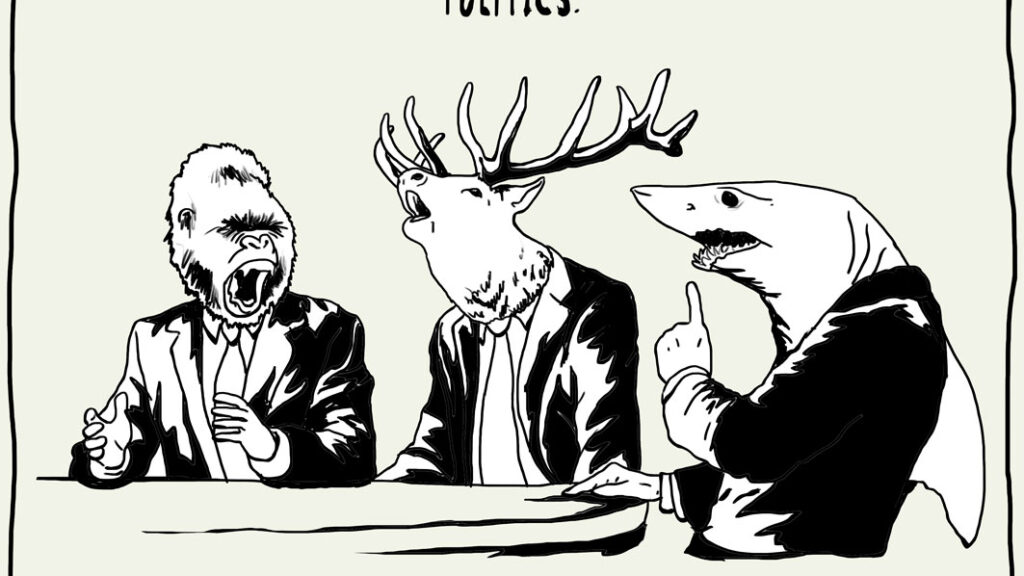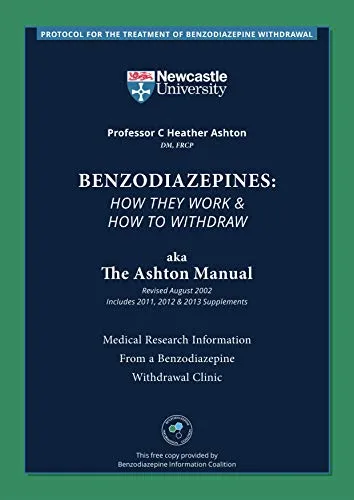A New Earth by Ekhart Tolle, Chapter 2
The Two Most Hazardous Words in the English Language
Philosopher Ludwig Wittgenstein once said, “The limits of my language mean the limits of my world.” The crux of this statement is whether or not our inner lives can ever truly be communicated, and if it cannot, what impact does that have on how we interact with the world?
Eckhart Tolle would say that it is this limit on language, and our assumption that a limit does not exist, is the root of ego and suffering. After all, words are simply a shortcut to identification. We can’t ever know what goes on in the inner world of a bird, a tree, or even a stone. All we have is the written label for those things, and with that label, we cut off the depth and wonder of the object because we have assume we have identified it satisfactorily. But if you look at that same object as if you were seeing it for the first time and didn’t know what it was called, a sense of awe arises from within. Imagine seeing a bird for the first time. Does the word “bird” accurately capture the wonder you might feel? Pushed even further, does your name, or the word “I,” encompass all that you are?
Tolle says, “In normal everyday usage, ‘I’ embodies the primordial error, a misperception of who you are, an illusory sense of identity.” This is ego, and it begins when we are small. Children learn from their parents that their name is equated with who they are. It begins as a means of communication, so when children are first learning to speak, they often refer to themselves in the third person. “Johnny is hungry.” But as grammar and social constructs correct themselves, “Johnny is hungry” becomes “I am hungry.” Soon enough, that “I” morphs into “my” and intertwines itself with things. Thus, the connection between thought identification and self is born. In the child’s mind, “my toy” is not about ownership. It is identity itself. So when “my” toy breaks or gets taken away, a meltdown occurs. The toy, of course, has zero value and can be replaced. The suffering occurs because the toy has “become part of the child’s developing sense of self, of ‘I.’ ”
As we grow up, that “I” becomes identified with who we are through gender, politics, race, body image, possessions, nationality, opinions, profession, family roles, etc. Whatever you identify with—whether that’s being a mother, an atheist, a Democrat, an athlete, or whatever else—is just as illusory as a toddler’s identification with “my toy.” As Eckhart says, “They are ultimately no more than thoughts held together precariously by the fact that they are all invested with a sense of self.” And just like the meltdown that occurs when the toddler’s toy is taken away, intense suffering arises when what we identify with is eliminated or challenged.
To put it plainly: No thing ever has anything to do with who you are.
“The ego tends to equate having with Being,” Eckhart says. “I have, therefore I am. And the more I have, the more I am.” It is all about comparison and how the way you are seen by others creates the mirror for how you view yourself. If everyone was rich with a giant house, the mansion wouldn’t serve its purpose of enhancing your sense of self worth. “You could then move to a simple cabin, give up your wealth, and regain an identity by seeing yourself and being seen as more spiritual than others.” Ah hah! Foiled again!
How do you let go of attachment to things, then?
“Don’t even try. It’s impossible,” Eckhart says. “Attachment to things drops away by itself when you no longer seek to find yourself in them.”
They key is to simply become aware of the attachment, which often becomes most obvious in times of loss. If you are upset about something or someone you’ve lost, it means there is attachment. This doesn’t mean that you don’t mourn the loss, but you aim to be come aware that the suffering isn’t who you are. “I am the awareness that is aware that there is attachment.” That, according to Echkart, is the beginning of the transformation of consciousness.
Wanting
“Having” and “owning” does a decent job of feeding the ego, but as we all know, the satisfaction of purchasing that designer bag wanes over time. Eventually, it becomes just another object, and soon enough you’re jonesing for another fix.
“Wanting keeps the ego alive much more than having,” Eckhart says. The psychological yearn for more isn’t the ego saying, “I don’t have enough.” It’s the ego saying, “I am not enough,” which is why the act of having objects provides only superficial satisfaction.
On a personal note, this is where I struggle the most. I am quite unsentimental and have little attachment to objects that aren’t in my direct line of sight, so much so that it wouldn’t surprise me if I one day sell my house without remembering to clean out the basement storage. However, I have a deep sense of wanting. Not so much for specific things, but for feelings. Most of my unmedicated life has been spent trying to acquire these feelings I can’t quite articulate, and the lack of them causes all sorts of suffering.
Thus, the following statement got a big fat underline from me: “Most egos have conflicting wants. They want different things at different times or may not even know what they want except they don’t want what is: the present moment. Unease, restlessness, boredom, anxiety, dissatisfaction, are the result of unfulfilled wanting.”
The egoic mind requires two things: content and structure. Content is interchangeable—the toy, the car, the land. Structure is “the thought forms of ‘me’ and ‘mine,’ of ‘more than,’ of ‘I want,’ ‘I need,’ ‘I must have,’ and of ‘not enough.’ ”
No amount of trying to remove attachment to content will shift if the structure remains in place.
Perhaps the most obvious and often painful example of this exists in our relationship with our body. Blurring the line between content and structure, our identity is wrapped up in how our body looks and what it can or can’t do. Whether (perceived) ugly or beautiful, the physical body that is “destined to grow old, wither, and die with ‘I’ always leading to suffering sooner or later.” That’s not to say you don’t care for the body and enjoy its abilities while they last. But to equate the body with who you are is to inevitably create suffering when the beauty fades or the body becomes incapacitated. In fact, as Eckhart says, when the body begins to weaken, “the light of consciousness can shine more easily through the fading form.”
But don’t think you’re off the hook if you weren’t blessed with model looks. You can just as easily create an identity around a “problem” body and turn the illness or disability into your identity. After all, there are benefits from being sick. People take care of you. You get lots of attention from doctors and caregivers, all of whom reinforce your identity as a sufferer. I believe this is one of the unspoken truths of depression: some people simply don’t want to get better because, consciously or unconsciously, it is beneficial to remain sick and/or too scary to let go of the depressed identity.
The good news is that shifting your perception from your external form to your inner body is quite simple. When you find yourself stuck in critical thought loops, perhaps about the size of your thighs or the wrinkles in your skin, shift your focus to the feeling aliveness inside your body. Close your eyes, pick a part of your body, and focus on what it feels like. You may feel a bit of tingliness, or a sense of fuzzy electricity in floating in space. You may even be able to feel this inner-aliveness while completing an activity, or while reading this newsletter. In any case, tune into the inner-body as often as you can.
“When you are in touch with your inner body, you are not identified with your [physical] body anymore, more are you identified with your mind. That is to say, you are no longer identified with form but moving away from form-identification toward formlessness, which we may also call Being.”
The Peace that Passes All UnderstandingThere comes a time when we all lose something deeply important to us, whether through the natural cycle of life or unexpected tragedy. By creating conscious awareness around attachment, we can find serenity and peace, even in times of great loss. Said another way, “In the face of this, how can it be that I feel such peace?
The answer, says Eckhart, is simple when you understand how ego works. The collapse of all the things that gave you your sense of self is the collapse of the ego itself. “When there is nothing left to identify with anymore, who are you?”
Before you go…
After 15 years of depression and antidepressants, my mission is to help people find hope in the name of healing. My memoir on the subject, MAY CAUSE SIDE EFFECTS, publishes in August 2022.
Pre-order it now.
For the most up-to-date announcements, subscribe to my newsletter HAPPINESS IS A SKILL, a weekly newsletter devoted to helping people heal from depression.
January 3, 2023
On Living and Breathing Grief
read the article

October 28, 2022
The struggle to kill the serotonin theory of depression in a world of political nonsense
read the article

October 21, 2022
Last Times
read the article

October 14, 2022
Newborn Babies Go Through Antidepressant Withdrawal
read the article









